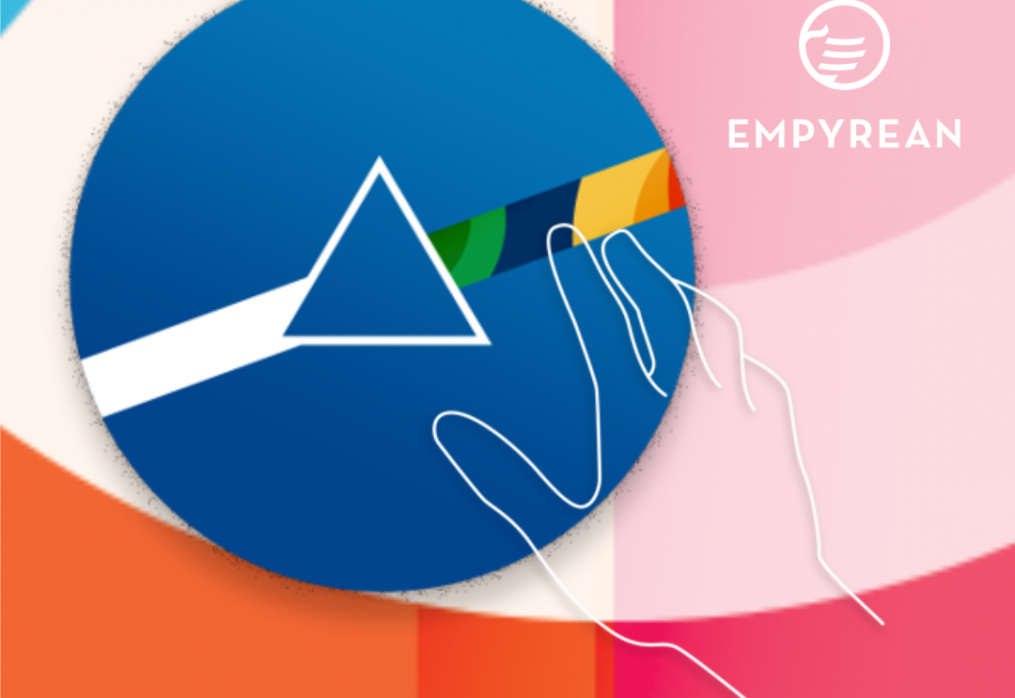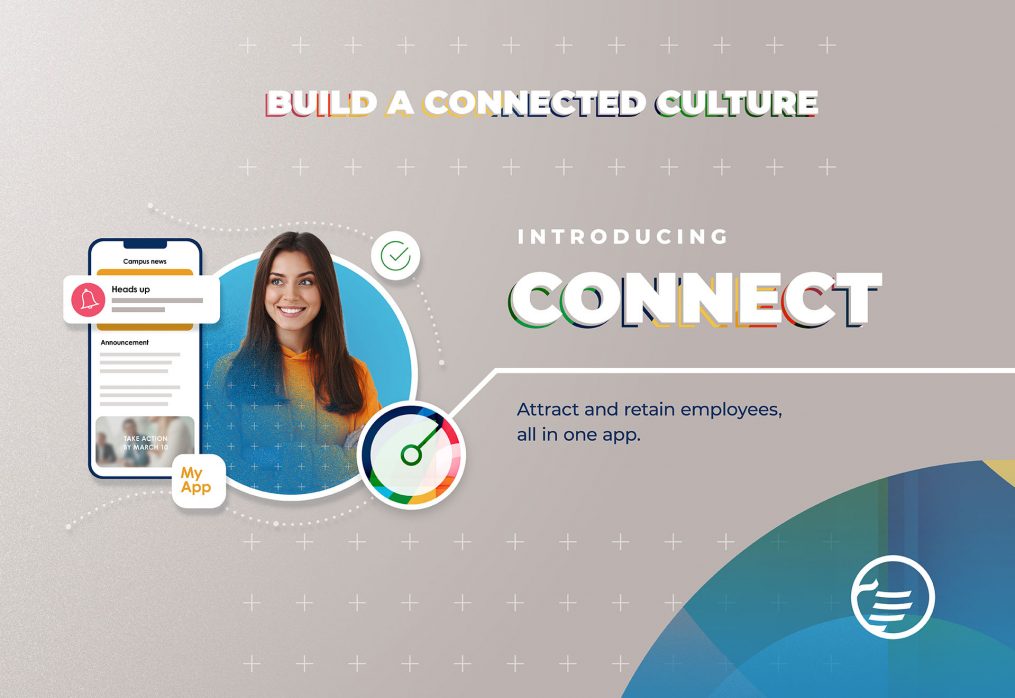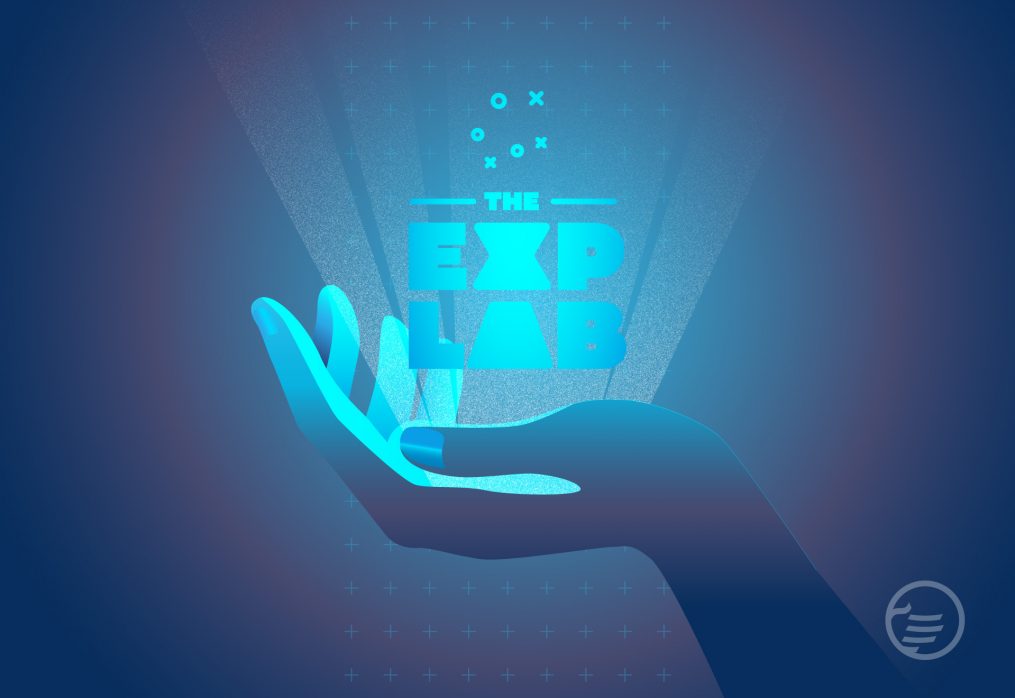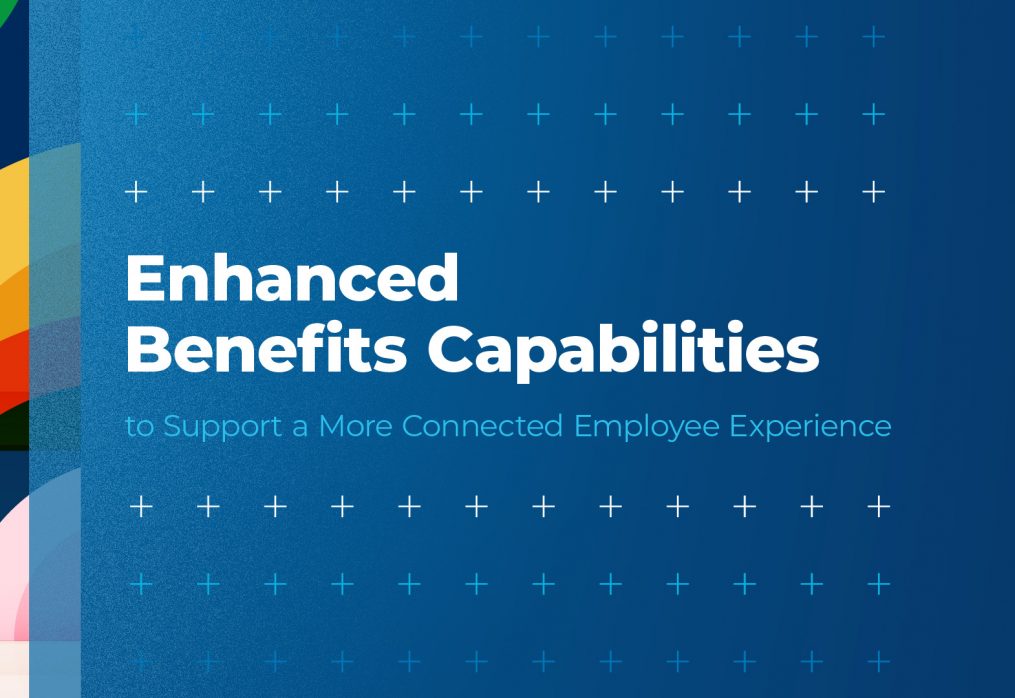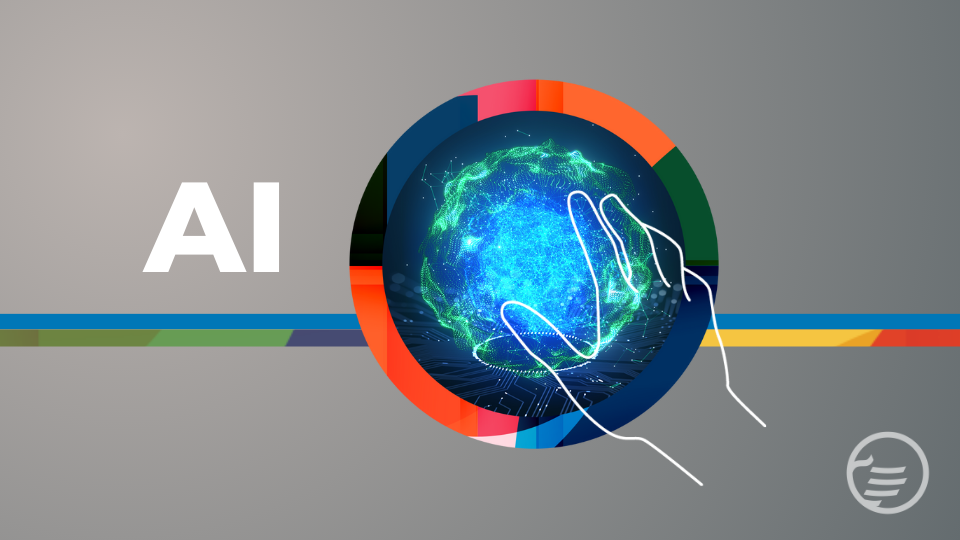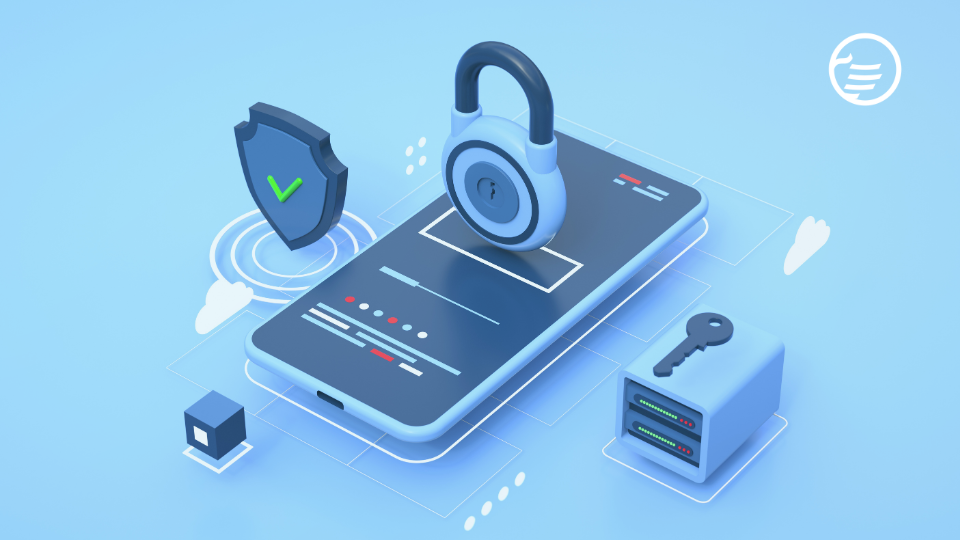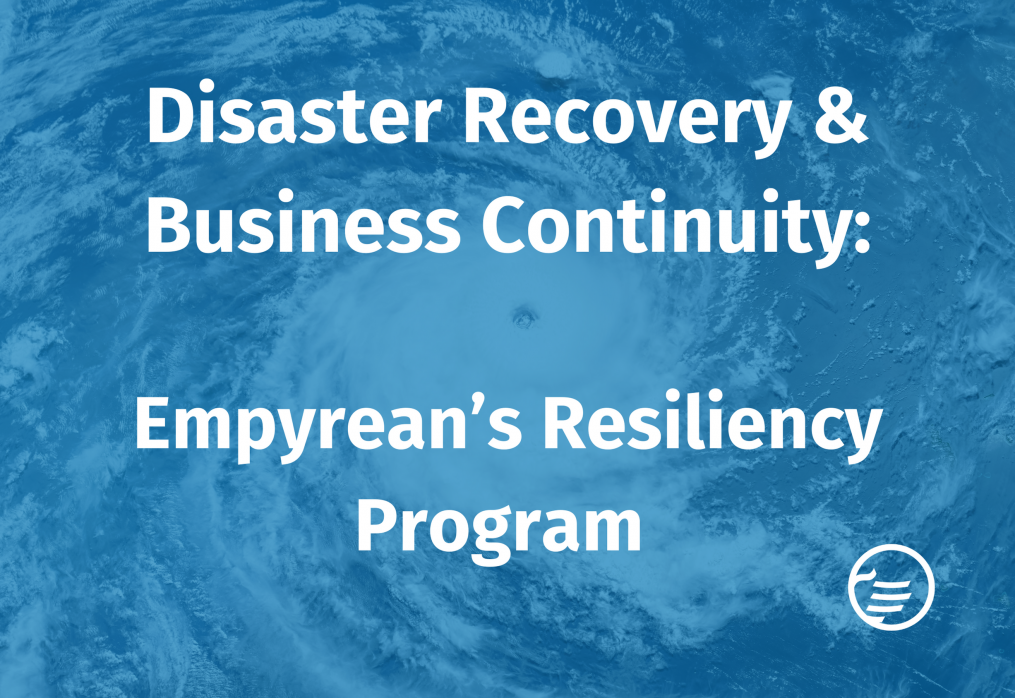Beyond Pay: Unlocking Truck Driver Loyalty through a Supportive Work Culture
13 September, 2024The transportation industry, arguably the backbone of our economy, faces an ongoing challenge in retaining its most valuable asset — truck drivers. As demand for freight services grows, the industry is grappling with high turnover rates, an aging workforce, and a shortage of new drivers entering the field. While competitive pay has traditionally been seen as the primary lever to attract and retain drivers, it’s becoming increasingly clear that money alone isn’t enough to cultivate long-term loyalty.
Today’s drivers seek more than just a paycheck. They desire a work environment that acknowledges their contributions, addresses their needs, and makes them feel valued as integral members of the team. This is especially important as the demographic of truck drivers shifts, with more women entering the profession, highlighting the need for a work culture that is inclusive, supportive, and respectful of diverse needs.
To truly improve driver retention, the industry must adopt a more holistic approach—one that goes beyond higher paychecks to focus on creating a supportive work culture. This includes excellent communication, providing helpful resources, prioritizing safety and wellbeing, offering comprehensive benefits, and recognizing the hard work of drivers. By focusing on these four areas, companies can build a work environment that not only attracts new drivers but also keeps them committed for the long haul.
1. Communication: Bridging the Gap
In an industry where drivers often spend long hours on the road, away from their families and company headquarters, communication plays a crucial role in fostering a sense of connection and belonging. Effective communication isn’t just about relaying information; it’s about reaching drivers wherever they are, being transparent, and ensuring that the information is timely and relevant.
Reaching Drivers Wherever They Are
With drivers dispersed across the country, often working in isolation, it’s essential that communication tools are accessible and reliable. Mobile apps, SMS updates, and in-cabin communication systems can bridge the gap, ensuring that drivers are always in the loop. These tools should be user-friendly and tailored to the realities of life on the road, where a driver may not always have a strong signal or time to read lengthy messages.
Transparency as a Trust Builder
Transparency is another critical element of effective communication. Drivers need to trust that the information they receive is accurate and that their concerns are heard and addressed. Whether it’s about changes in company policies, updates on routes, or feedback on performance, clear and honest communication builds trust and fosters a strong relationship between drivers and their employers.
Timely & Relevant Information
The timing of communication is just as important as the content. Drivers need relevant information when it matters most — whether it’s an update on road conditions, changes to delivery schedules, or alerts about safety issues. By providing timely updates, companies can help drivers make informed decisions on the road, reducing stress and improving job satisfaction.
2. Resources: Empowering Drivers with the Tools They Need
To perform their jobs effectively, drivers need access to a range of resources that make their lives easier on the road. By equipping drivers with the right tools, companies can enhance their efficiency, reduce frustration, and ultimately contribute to a more positive work experience.
Route Mapping & Navigation
Accurate and reliable route mapping is essential for drivers who are constantly navigating unfamiliar roads. Providing up-to-date GPS systems or mobile apps that offer real-time traffic updates, alternate routes, and recommended truck stops can help drivers avoid delays, find safe rest areas, and make timely deliveries. Here, AI can play a significant role by optimizing routes based on real-time data, predicting traffic patterns, and offering personalized recommendations that align with a driver’s preferences and needs.
Recommended Truck Stops & Maintenance Info
In addition to navigation, offering information on recommended truck stops and maintenance services can significantly improve a driver’s experience. AI-powered platforms can analyze data to suggest the best stops for rest, food, and maintenance, taking into account factors like proximity, amenities, and even a driver’s schedule. AI can also provide predictive maintenance alerts, helping drivers address potential vehicle issues before they become serious problems, thus minimizing downtime and enhancing safety.
In-Cabin Entertainment & Connectivity
Long hours on the road can be mentally taxing, and access to entertainment and connectivity can make a big difference in a driver’s day. Whether it’s providing satellite radio, podcasts, or Wi-Fi hotspots, offering options for in-cabin entertainment helps drivers stay engaged and mentally refreshed. AI can enhance this experience by curating personalized content, such as podcasts or music playlists based on the driver’s interests, and ensuring that connectivity options are optimized for even the most remote locations. Additionally, staying connected with family and friends through social media or video calls can alleviate the loneliness that often comes with the job.
3. Safety & Wellbeing: Prioritizing What Matters Most
Safety is paramount in the transportation industry, and a strong focus on driver wellbeing is crucial for both retention and performance. When drivers feel that their safety is a priority, they are more likely to stay loyal to a company that genuinely cares about their health and wellbeing.
Making Safety a Central Focus
Safety should be woven into every aspect of a driver’s experience, from the training they receive to the equipment they use. Companies should invest in regular safety training programs, not just as a formality but as an ongoing commitment to keeping drivers informed about the latest safety practices. Additionally, equipping trucks with the latest safety technology — such as collision avoidance systems, lane departure warnings, and fatigue monitoring — can help prevent accidents and protect drivers.
Simplifying the Path to Safety
Beyond training and technology, companies need to make it easy for drivers to stay safe. This could mean providing clear, simple procedures for reporting safety concerns or ensuring that all necessary safety equipment is easily accessible and in good working order. By removing obstacles to safety, companies can help drivers stay focused on the road and reduce the risk of accidents.
Promoting Physical & Mental Wellbeing
A supportive work culture also includes promoting the physical and mental wellbeing of drivers. This could involve offering access to healthcare services, providing tips on maintaining a healthy diet on the road, or organizing wellness programs that focus on mental health. By addressing the holistic health needs of drivers, companies can reduce turnover and create a more loyal workforce.
4. Recognition: Celebrating the Unsung Heroes
Recognition is a powerful tool in building a supportive work culture. When drivers feel appreciated for their hard work, they are more likely to remain loyal to their employer. Recognition can take many forms, from formal awards to informal shout-outs, but the key is to make it genuine and consistent.
Spotlighting Achievements
Publicly recognizing drivers who go above and beyond can have a significant impact on morale. Whether it’s for safe driving records, exceptional customer service, or simply a job well done, spotlighting these achievements shows drivers that their efforts are valued. Companies can create monthly or quarterly awards, feature drivers in company newsletters, or highlight them on social media to give them the recognition they deserve.
Building a Sense of Community
Beyond individual recognition, fostering a sense of community among drivers can enhance their overall experience. This could involve organizing events where drivers can connect with each other, sharing stories and tips, or creating online forums where drivers can support each other. By creating a culture of camaraderie, companies can help drivers feel less isolated and more connected to their peers and the organization.
Celebrating Milestones
Recognizing significant milestones, such as years of service or the achievement of major goals, is another way to build loyalty. Whether it’s through a bonus, a communication from leadership, or a special event, celebrating these milestones reinforces the idea that the company values long-term commitment and is invested in the success of its drivers.
Cultivating Loyalty Through a Holistic Approach
The challenges facing the transportation industry when it comes to driver retention are complex and multifaceted. While competitive pay remains an important factor, it is no longer enough to ensure long-term loyalty. By adopting a more holistic approach — one that prioritizes communication, provides essential resources, focuses on safety and wellbeing, and recognizes driver achievements and contributions — companies can create a supportive work culture that resonates with their drivers.
A supportive work culture not only attracts and retains drivers but also boosts their performance and satisfaction. When drivers feel valued, supported, and connected, they are more likely to stay with a company, reducing turnover and ensuring that the transportation industry continues to thrive. Companies that invest in building a strong, supportive culture will be better positioned to succeed in the competitive landscape, keeping their drivers—and their business—on the road to success.
Learn how Empyrean Connect can help you streamline communication, centralize essential resources, and enhance driver safety and recognition – all in one mobile app!








